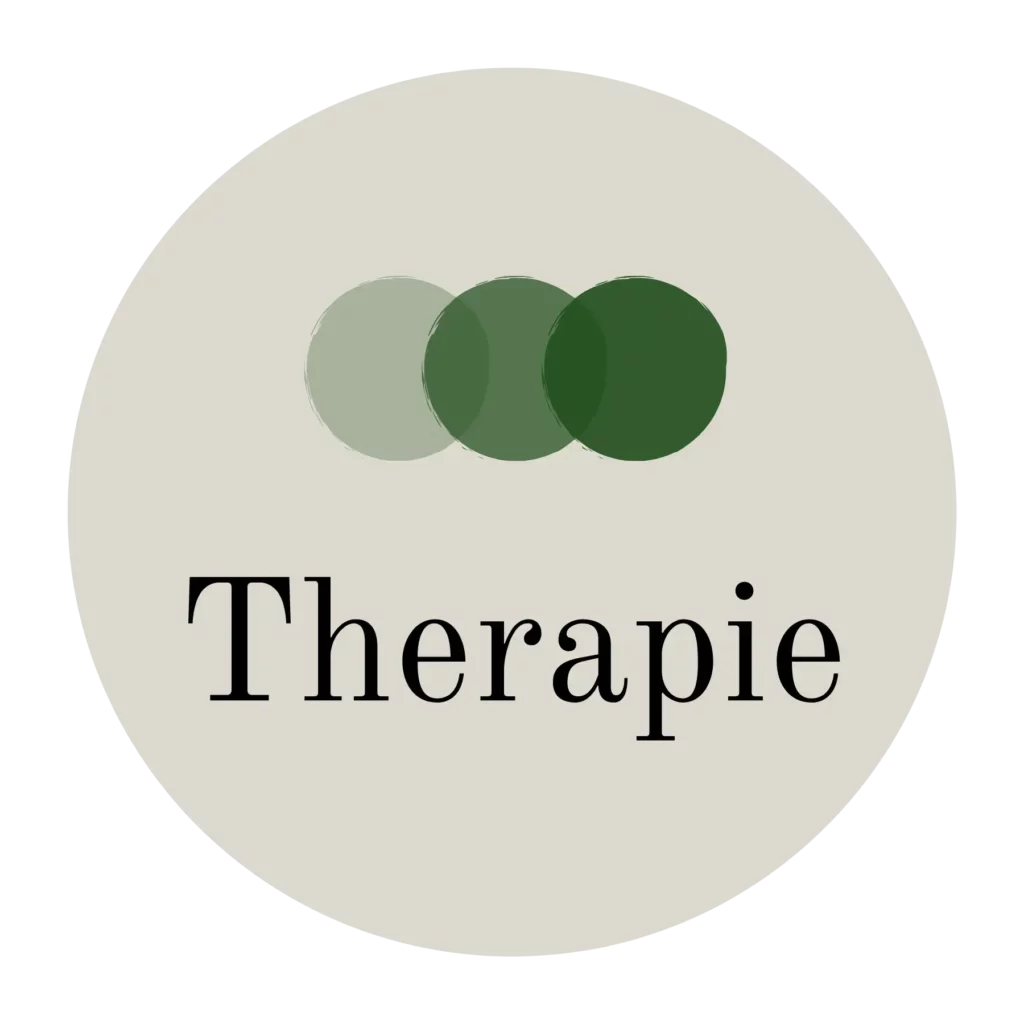
The average age for an attention deficit hyperactivity disorder (ADHD) diagnosis is seven. For this reason, many people do not realize that adult ADHD is relatively common. The condition affects at least eight million US adults.
Some individuals receive a diagnosis during childhood and around 60% experience symptoms into adulthood. Others never recognized their ADHD symptoms as a child, only to be diagnosed later in life.
Whether you have a diagnosis or not, ADHD symptoms could be limiting you in life. This may be even more true for people suffering from signs of ADHD and social anxiety disorder (SAD).
ADHD and SAD are linked in more ways than one. Learning about this connection can help you better understand your symptoms and get the treatment you need to thrive. That’s why we are bringing you this guide.
What Is ADHD?
ADHD is a neurodevelopmental disorder, meaning it impacts the way the brain grows and develops. It is the most common disorder affecting children and teens. There is a growing awareness that ADHD is underdiagnosed in adults.
In fact, several studies have found that fewer than 20% of adults who have ADHD are not aware of their symptoms. Sadly, an even lower percentage of adults, undiagnosed or not, receive help for their condition.
One reason for this could be that the symptoms of ADHD overlap with other common mental health disorders. Another reason is that symptoms tend to disappear with time and age, making them harder to distinguish.
ADHD Symptoms in Adults
There are two main types of ADHD symptoms. The first are categorized as signs of inattentiveness. The second type features hyperactive and impulsive behaviors.
Adults with ADHD often grow out of the latter group of symptoms (e.g., trouble sitting still, excessive talking, etc.). More commonly, adults experience symptoms of inattentiveness, which may include:
- Trouble concentrating
- Difficulty staying focused
- Poor attention to detail
- Lack of organizational skills
- Restlessness, anxiety, and agitation
- Forgetting things often
- Experiencing mood swings
- Being impatient
- Showing risky behavior
Again, these symptoms tend to show up subtly in an adult’s life. They may be more obvious in the workplace or during times of stress, though they can technically arise at any time.
ADHD Diagnosis
Adults experiencing the above symptoms may consider visiting a mental health specialist for diagnosis. However, you should generally only seek a diagnosis if your symptoms are significantly interfering with your daily life.
Signs that ADHD is interfering with your life include difficulties with interpersonal relationships. A sudden drop in performance at work may also indicate that your symptoms have become a problem.
Before diagnosing an adult with ADHD, practitioners will want to rule out any other physical or mental health conditions that could be causing your symptoms. ADHD symptoms overlap with many other conditions.
In most cases, adults receive an ADHD diagnosis if they experience five or more symptoms. These symptoms must have been present during your childhood and currently interfere with your life to get an official diagnosis.
ADHD Treatment
A combination of prescription medication and therapy is the best approach to treating ADHD in adults and children. There are five types of prescription medications doctors prescribe to treat ADHD:
- Methylphenidate
- Lisdexamfetamine
- Dexamphetamine
- Atomoxetine
- Guanfacine
Therapy is also a highly effective treatment for ADHD in adults. Cognitive behavioral therapy (CBT) is one of the best approaches. CBT teaches clients how to change their thought patterns, which ultimately alters their behaviors.
Treatment is crucial for preventing the work and relationship issues that often come with ADHD. Getting help for your symptoms will also support your lifelong success.
What Is Social Anxiety Disorder?
Social anxiety disorder (SAD) is a condition marked by severe worry and fear about social interactions. People with SAD may avoid social gatherings and even in-person workplaces because of their debilitating symptoms.
Over 7% of US adults have SAD, though more than 12% of adults experience SAD symptoms at some point in their lifetime. The condition is more common in women and people in the 18 to 44 age demographic.
The majority of people with SAD experience mild to moderate symptoms. However, nearly 30% of adults with this condition experience severe impairment that prevents them from enjoying their lives.
SAD Symptoms
SAD symptoms can be categorized into two groups: physical and emotional. Physical signs of social anxiety include trembling, sweating, and feeling nauseous when interacting with other people.
Of course, these physical signs can also be symptomatic of other conditions. It is much easier to identify the emotional and behavioral components of social anxiety, which include:
- Feeling fearful toward social situations where you could be judged negatively
- Worrying excessively about embarrassing yourself in public
- Being afraid of talking to or being around strangers
- Fearing that others will notice your anxiety
- Avoiding social situations for fear of judgment or embarrassment
- Attending social functions but feeling extremely anxious beforehand
- Analyzing social situations mentally long after the event ended
- Having a pessimistic outlook on attending social gatherings
Everyone experiences these worries at some point. But people with SAD are different. Their symptoms are far more severe, and they never get over their fear of judgment or other negative experiences in social situations.
SAD Diagnosis
Practitioners use the Diagnostic and Statistical Manual of Mental Disorders (DSM) to diagnose anxiety. SAD is a specific type of anxiety and is also known as social phobia.
Before diagnosing someone with SAD, other potential causes must be ruled out. Panic disorder, autism, and Parkinson’s disease can all cause SAD-like symptoms. The same is true of substance use disorders (i.e., addiction).
Symptoms should be present for longer than six months for someone to get a SAD diagnosis. Also, the person’s symptoms have to be severe enough to interfere with their life.
SAD Treatment
Treatment for SAD is similar to that for ADHD. The most common approaches are prescription medication and therapy. The types of drugs available to treat SAD include SSRIs, SNRIs, antidepressants, benzodiazepines, and beta blockers.
People with mild to moderate symptoms of SAD may benefit from talk therapy alone. Again, CBT is one of the most well-researched treatments for anxiety disorders, including SAD.
In CBT, clients may undergo exposure therapy. Exposure therapy involves safely and gradually exposing someone to the source of their fear (e.g., social situations). Over time, the client learns how to manage and even eliminate their symptoms.
The Link Between ADHD and Social Anxiety in Adults
Do you think you’re experiencing the symptoms of ADHD and social anxiety? You aren’t crazy. These two mental health conditions share much in common, including many similar symptoms.
So far, experts have uncovered three connections between ADHD and SAD. Learn about each of them next.
Cause and Effect
Confusingly, social anxiety can be symptomatic of ADHD. People who are embarrassed about their fidgeting or receive disapproval about their symptoms may avoid social settings.
Without the accompanying anxiety, avoiding social settings is not enough for a social phobia diagnosis. However, it is still possible that ADHD symptoms can ultimately lead social phobias to develop in people who are already at risk.
Shared Symptoms
ADHD and social anxiety share many common symptoms. That may be why misdiagnosis of SAD and ADHD are so prevalent. Experts often confuse social anxiety with ADHD.
The main symptoms these mental health conditions share are trouble concentrating, feeling restless or irritable, and social avoidance. This can make it confusing when someone wonders, “Is it ADHD or social anxiety?”
Comorbidity
Comorbidity refers to two or more conditions that often go together. Another term for comorbidity is co-occurring disorders. And ADHD and anxiety are co-occurring mental health conditions.
The most common anxiety disorder that co-occurs with ADHD is social anxiety. Studies have found that 60% to 70% of people with an ADHD diagnosis also have enough symptoms to be diagnosed with SAD.
Why Do ADHD and SAD Overlap?
Experts are not 100% sure why ADHD and SAD overlap, but it likely has to do with shared causes. ADHD and SAD feature genetic and environmental factors that increase the risk of receiving a diagnosis.
People diagnosed with ADHD or SAD are more likely to have a relative with the same condition. ADHD may have a stronger connection to genetics. But inheritance also plays a significant role in the development of social phobias.
On the other hand, the primary cause of social anxiety is not shared with ADHD. Experts believe that environmental causes primarily lead to SAD, including negative early life experiences, being sheltered, and parenting style.
Another underlying cause these conditions share is changes to the prefrontal cortex in the brain. The prefrontal cortex is one of the most important brain areas, as it is responsible for attention, behavior, emotion, and inhibition.
Get Help for ADHD and Social Anxiety in Nashville
ADHD and social anxiety are two very different conditions. But they often feature similar symptoms and can sometimes be mistaken for one another. This may be due to shared underlying risk factors.
No matter what the cause of your symptoms is, it is crucial to get treatment. Leaving these mental health disorders unchecked may eventually result in new or worsening symptoms that negatively impact your life.
Are the symptoms of ADHD, social anxiety, or both throwing a wrench in your plans for the future? Therapie wants to help you unlock your full potential. Schedule a free consultation to find out how we do it.

